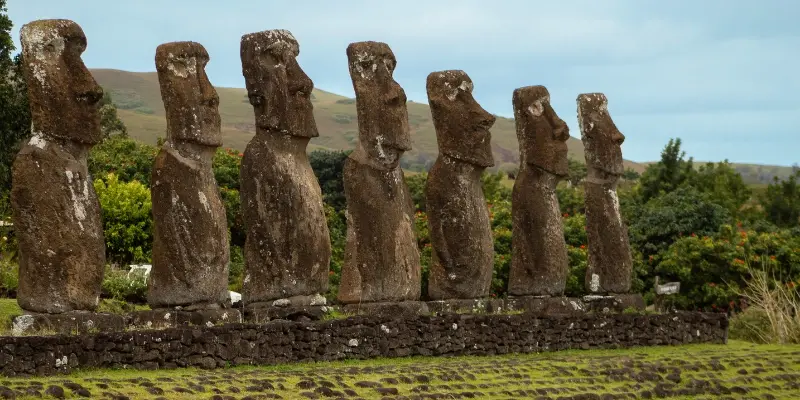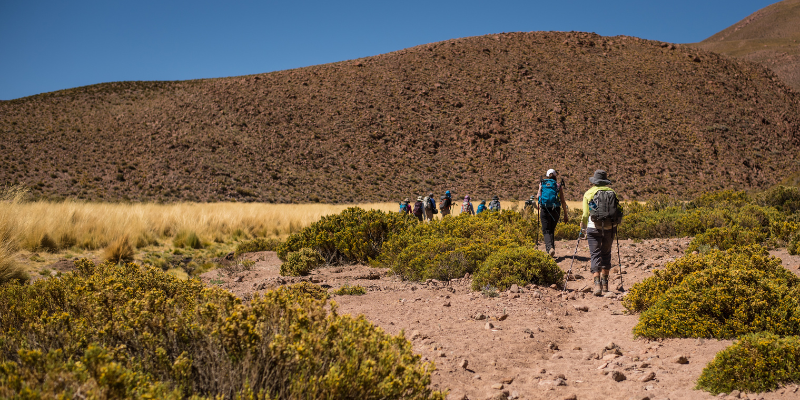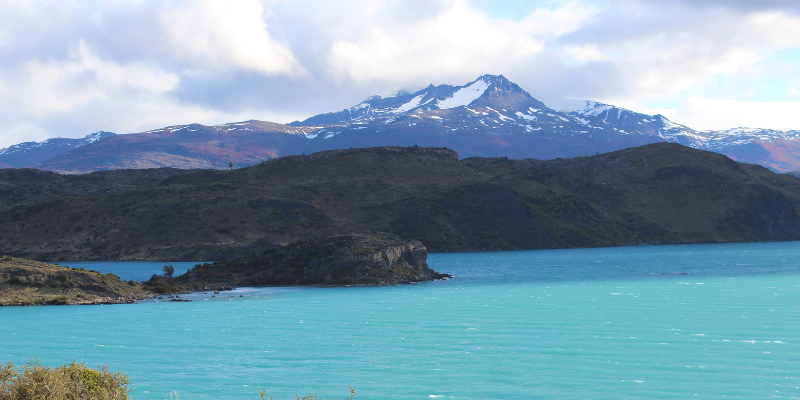Compared with many Latin American countries, travellers to Chile generally get off fairly lightly when it comes to altitude sickness. But although it’s a thin sliver of land that rubs shoulders with the Pacific Ocean along the whole of its length, there are still parts of Chile that might be higher than you’re used to, largely thanks to the towering Andes. For that reason it’s still worth being aware of how altitude sickness could affect you and what you can do about it, because there are plenty of easy steps you can take to lessen the effects. Here we give you the lowdown on the high ground, including what altitude sickness actually is, where in Chile you might be affected, how you can prevent it and where to travel in Chile if you already know you’re a sufferer.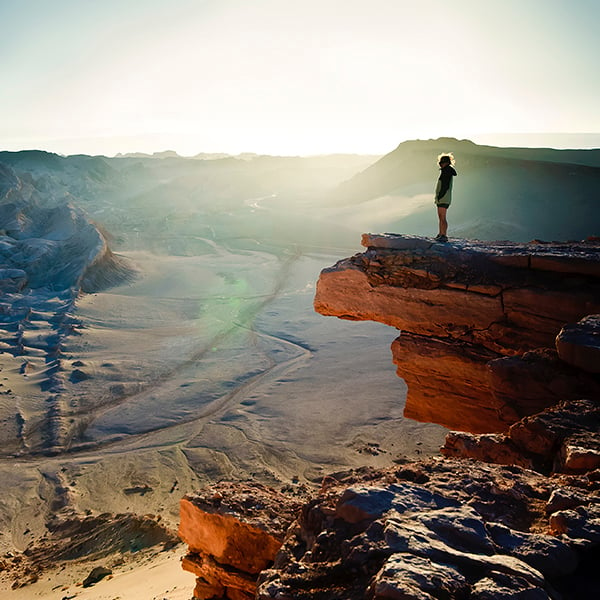
What is Altitude Sickness?
Altitude sickness can strike anywhere from elevations of 2,400 metres and upwards, although the vast majority of people will suffer no discomfort at all at that altitude. Interestingly, there is no correlation at all between age, fitness levels or gender and the extent to which people are prone to suffering from altitude sickness, which might be good or bad news depending on your point of view! If you’ve lived all of your life around sea level, however, it’s a good idea to recognise the symptoms of altitude sickness, which generally appear six to ten hours after ascending and could include any of the following:
-
Sickness
-
Fatigue
-
Dizziness
-
Insomnia
-
Pins and needles
-
Shortness of breath
-
Nosebleed
-
Rapid pulse
-
Drowsiness
-
Swollen hands and feet
In Chile you’re unlikely to suffer from anything worse than that, but in very extreme cases altitude sickness can lead to confusion, disorientation and unconsciousness so it’s best to identify the symptoms early and head lower down if you feel discomfort.
Where Might You Suffer in Chile?
The great thing about Chile’s extraordinary length and variety of landscapes is that many of its most iconic sights are in areas that won't cause any problems with altitude at all. However there are a few places that can sometimes cause symptoms for some people. We certainly don’t think that should put you off - with the right precautions most people only suffer minimal discomfort, if at all, and the views are completely worth it! - but it’s always best to be informed. 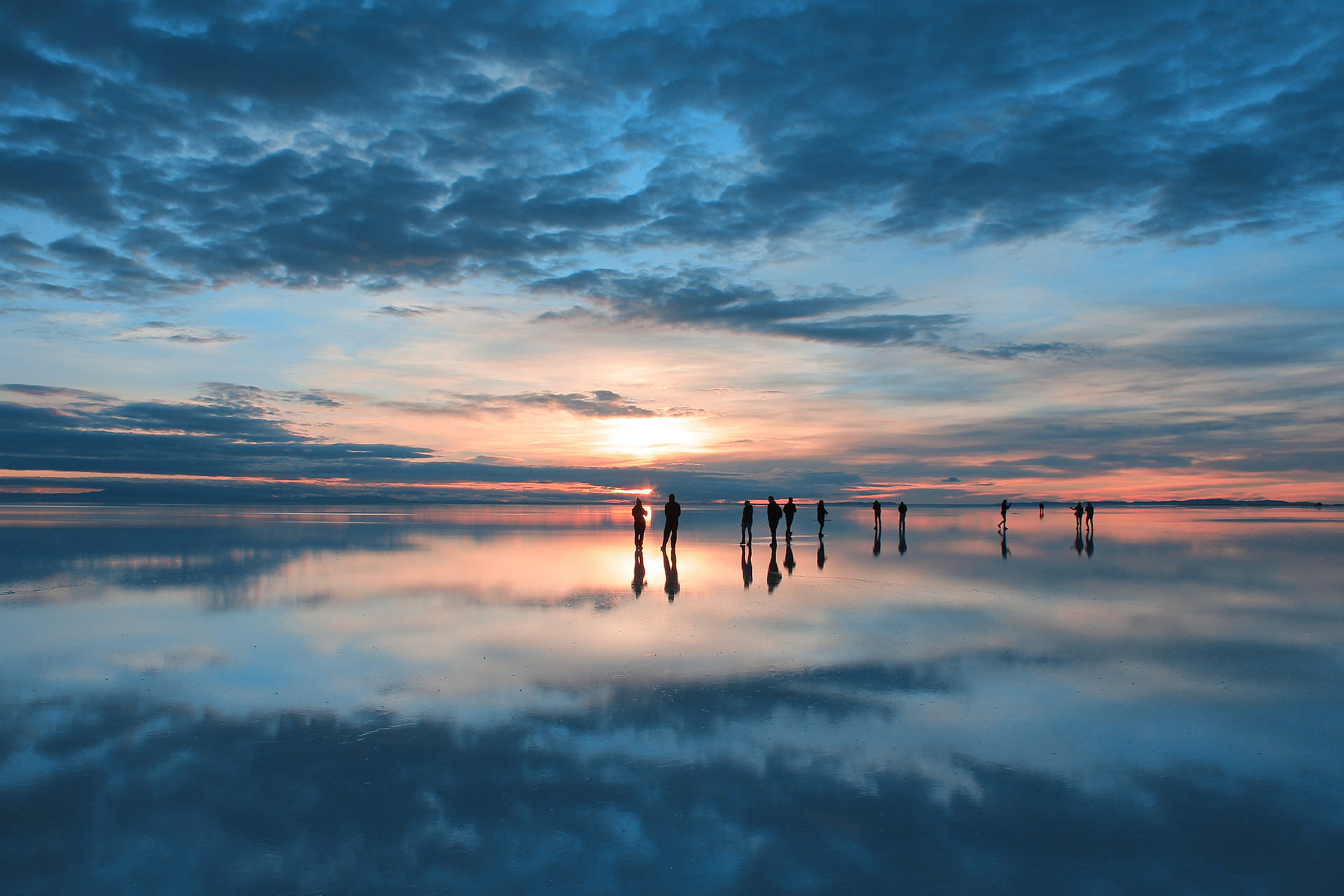
-
The Altiplano is an area in the far north of Chile that literally translates as high plateau so it’s probably no surprise that this is the place that causes the most problems with altitude for visitors to Chile. Travellers head to Arica on the border with Peru for world famous surfing and natural hot springs and while there’s no problem with altitude in the city itself, those heading out to Lake Chungará should take precautions. Arica is on the main access route to the lake, which at over 4,500m is the 10th highest lake in South America. The spectacular views are definitely worth the trip, but check out our tips below to help reduce the chances of altitude sickness. It’s also worth mentioning that if you cross over the border into Bolivia on a tour of the breathtaking Uyuni Salt Flats you might find you experience a few mild symptoms.
-
San Pedro de Atacama lies at the entrance to the driest desert on earth, the Atacama Desert. The town itself sits at an average of 2,407 metres, just over the threshold for altitude sickness so a minority of visitors experience mild discomfort such as dizziness or headaches. Again it’s not the town itself but the excursions you take while you’re there that tend to reach really high elevations. The explosive and unmissable Tatio Geysers are found at over 4,000 metres, which can cause minor problems for some, but should be fine for most.
-
The Andes run all the way through Chile from top to toe, but many people use Chile’s capital Santiago as a handy jumping-off point. Santiago is only at an altitude of 520 metres so it certainly shouldn’t cause you any problems with altitude sickness. It’s higher up than New York at around 10 meters and London at 9 meters, but travellers from Canberra - at 571 metres - will actually be lower in Santiago than back at home. If you’re planning to hike or ski in the Andes around Santiago however, you might want to come prepared. Many of the ski resorts around Santiago are located at around 3,000 metres elevation and may have lift access up to over 3,500 metres. Returning to spend the night in low-slung Santiago and taking it gently on the slopes until you’ve acclimatised to the altitude will help.
How Can You Avoid It?
Fortunately many people don’t suffer any symptoms of altitude sickness at all, but if you’ve never been to a high altitude before it’s worth taking a few extra steps to ensure that you’re on top form to enjoy your trip. Here are some things you can try:
- Travel slowly, giving yourself time to acclimatise to increasing altitudes. The good news is that if you remain at an altitude with mild symptoms, they usually disappear by themselves in a couple of days! So spend a few days in San Pedro de Atacama getting used to the height before you head upwards again to the Tatio Geysers and you’re much less likely to run into trouble. In any event, Chile is a country to be savoured as slowly as possible and this is the perfect excuse!
-
Drink lots of water and avoid alcohol. Dehydration is more common at higher altitudes and can mimic and aggravate the symptoms of altitude sickness. Drink plenty of water and avoid alcohol, at least for the first 24 hours, to minimise your risk of dehydration.
-
Don’t overexert yourself. We know it can be tempting to run straight off into the mountains and start skiing hard from the moment you land at Santiago’s international airport, but you’ll be much better off if you take things slowly. Altitude sickness is caused by the lack of oxygen at high elevations so vigorous exercise can make things worse. Try skiing gently for just one half day to begin with to give yourself time to adjust.
-
Ask your doctor for pills or try local coca leaves. Before you travel to Chile, many doctors will prescribe specialist drugs designed to help prevent altitude sickness. If that doesn’t sound like the option for you, local people living in the high plateaus have had their own solution for centuries. For hundreds of years they have fought altitude sickness by chewing on locally grown coca leaves and drinking coca tea (yes, it is completely legal in Chile and no, you won't develop a drug habit - it’s a mild stimulant comparable to coffee!). It does have a slightly bitter taste however, so you might prefer to chew on a readily available coca toffee!
Where to Head if You’re Suffering!
A very small minority of people will suffer from really unpleasant altitude sickness no matter what they do, even at relatively low altitudes. Perhaps you already know that you’re one of the unlucky few? The good news is that in Chile there are lots of other options for visiting amazing sights and scenery outside of the plateaus and mountains, making Chile the perfect destination for altitude sickness sufferers yearning for their slice of Latin American adventure. There are far too many sufferer-friendly places to list here, but here are our top picks!
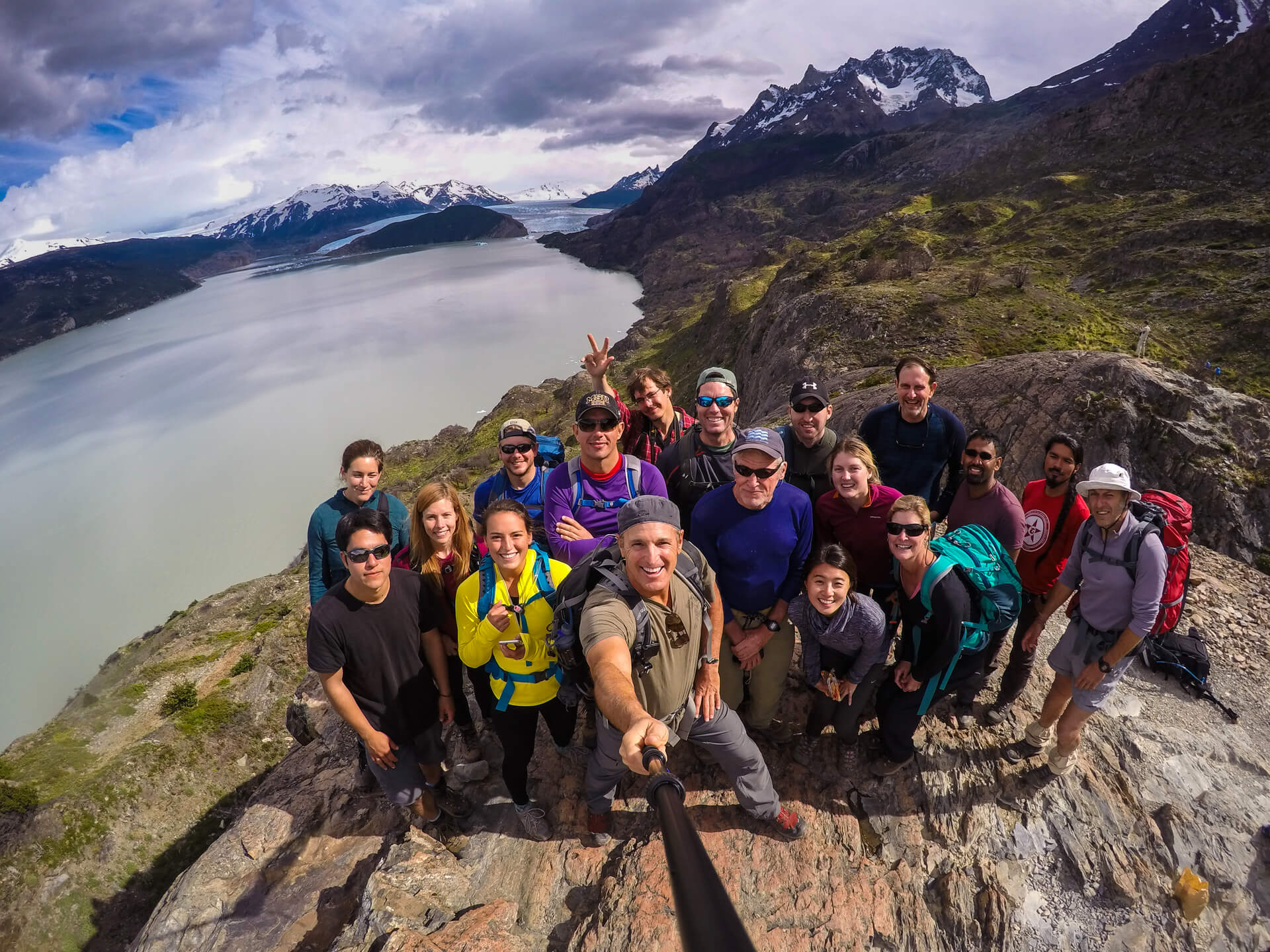
- Patagonia- It’s not that Patagonia doesn’t have its fair share of the craggy Andes peaks that you can find almost anywhere else in Chile, it’s just that it also has a bit of almost every other geological feature you can imagine on top! With glaciers, rivers, beechwood forests and rolling open grassland there are all kinds of things to see and do in Patagonia without ascending anything at all. The famous W Trek of Torres del Paine National Park was recently chosen by the Lonely Planet as one of the best low-altitude treks in the world (in fact, it’s also often cited as one of the best treks of any kind at all in the world!). The highest elevation on the W Trek is at the top of the French Valley at 1100 metres, which shouldn’t be a problem even for the most sensitive of sufferers.
-
The Chilean Lake District - This area of southern-central Chile does have plenty of peaks for altitude addicts - notably some classic cone-shaped volcanoes - but it’s also rich in hot springs, lush forests of Monkey Puzzle trees and, of course, lots and lots of lakes!
-
The Wine Valleys - Chile’s central regions are carpeted with vines stretching in neatly ordered rows across the valley. Cycle, hike or take a zipline flight through one of the many vineyards, or simply take a wine tasting tour for an insight into the best that Chile has to offer.
-
Easter Island - This far-flung island out in the Pacific Ocean is a haven of wild beaches and undulating hills (not mountains!). There’s a wealth of both cultural and adventure activities on offer here including guided visits of the world-famous Moai statues and horse riding along the coast.
With this, you should be set to handle altitude sickness here in Chile. For more tips and tricks, check out the rest of our blog.

